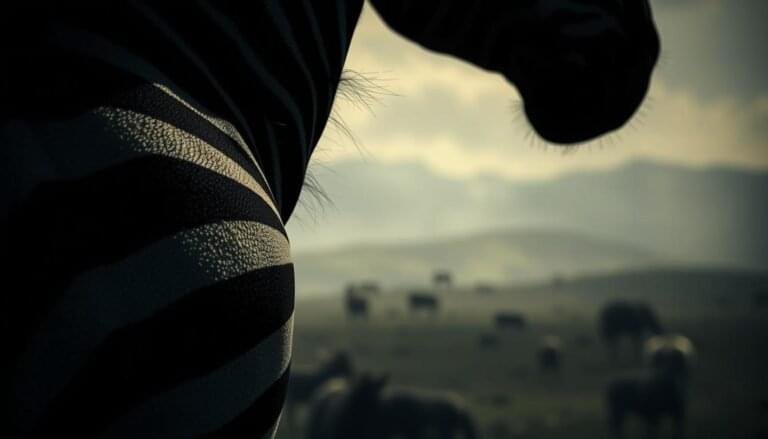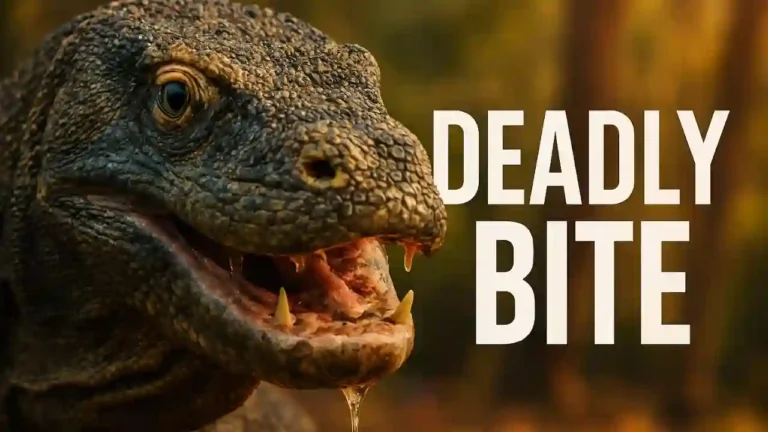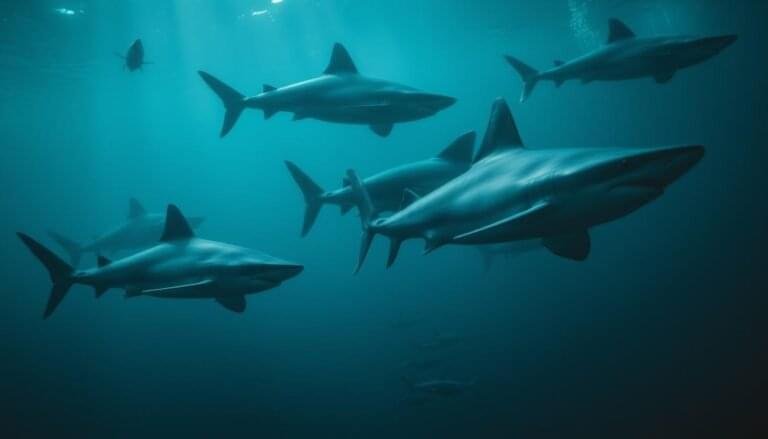Animal that are orange: Did you know tigers blend into their surroundings with their orange and black stripes? This amazing talent lets them sneak up on their prey. The color orange plays a huge part in the animal world. It shows us how special and colorful nature can be.
Let me guide you through the amazing world of orange animals. These creatures are not just beautiful but also very important for our planet. They teach us about life’s diversity and their struggles for survival. It’s a chance to really appreciate all the unique life around us.
Animal That are Orange: Key Takeaways
- Orange coloration serves various purposes, including camouflage and signaling in nature.
- Many orange animals play vital roles in their ecosystems, contributing to biodiversity.
- Some orange species are endangered and face threats from habitat loss and climate change.
- The striking appearance of orange creatures often attracts attention, raising awareness for conservation.
- Studying these animals offers insights into evolutionary adaptations and survival strategies.
Introduction to Orange Animals
Orange animals add a splash of color to the natural world. They live in many ecosystems, each with special traits. Their orange color helps them stay safe from predators and attract partners. For example, the oceans’ clownfish are bright and live with sea anemones. The tiny golden mantella frog uses its color to warn predators.
The tiger is a well-known orange animal. There are six types, but they are all at risk. About 4,000 tigers are left in the wild. Their beautiful fur helps them blend in when they hunt. The Guianan cock-of-the-rock also shows off its orange feathers to find a mate. These orange animals show that color is key for beauty and survival.
The Color Orange in Nature
Orange plays a big part in nature, showing health, danger, and readiness. Animals with orange colors might use it to find a partner or scare off enemies. This adds a wonderful layer to the way nature works.
Like, some bugs say “I’m poisonous” with their orange looks. Here, the balance between life and death in nature is seen.
For example, maples in east America and Canada turn orange because of carotenoids and anthocyanins. These changes happen with different temperatures and light in late summer. The Guianan cock-of-the-rock is known for its orange feathers that males use to impress females.
Orange is not just found in animals but also in fruits and veggies that are good for our health. Orange bell peppers have more vitamins A and C than the green ones. Pumpkins, too, are full of vitamins, especially vitamin A.
Seeing the role of orange helps us understand the richness of life on Earth. Here, colors are more than just looks; they are key to how ecosystems work.
| Orange Organisms | Function of Orange Coloration |
|---|---|
| Monarch Butterfly | Mating display, warning signal |
| Golden Lion Tamarin | Attraction of mates, signaling toxicity |
| Orange Bell Pepper | Signifies nutrition, indicates ripeness |
| Guianan Cock-of-the-Rock | Mating display for reproductive success |
| Pumpkin | Nutritional value, attractiveness in harvest |
Famous Orange Animal Species
In the world of wildlife, many fascinating orange species grab our attention. They have unique features that help them survive. We love the majestic tiger, the bright oriole, and the cute clownfish. These animals are very important in nature and show us how diverse orange creatures are.
The tiger is known for its strength and looks. It has orange fur with black stripes. This helps it hide and hunt in its home. Tigers are big and use their colors to sneak up on their food.
The oriole is another orange beauty, famous for its pretty feathers. Orioles live in forests and gardens. They sing beautifully and help flowers grow by eating nectar. Their bright colors help them find a mate and keep enemies away.
The clownfish lives in the ocean and is friends with sea anemones. It’s small but very popular. Their partnership helps both of them stay safe and healthy. This fish shows us how animals can work together in nature.
Here’s a quick look at some famous orange animals and what makes them special:
| Species | Habitat | Lifespan | Unique Adaptation |
|---|---|---|---|
| Tiger | Tropical forests, grasslands | 10-15 years | Striped fur for camouflage |
| Oriole | Forests, gardens | 2-5 years | Bright plumage for mating signals |
| Clownfish | Coral reefs | 6-10 years | Mutualism with sea anemones |
These famous orange animals show the beauty and variety of nature. Their colors help them live and have babies. They also help nature stay in balance. Learning about them shows us how all things in nature are connected..
Tigers: The Iconic Orange Predator
Tigers stand out as the most famous orange animals around the world. They are known for their beauty and power. These great beasts are called Panthera tigris. They shine as the perfect example of an orange predator in the wild. A big male Royal Bengal tiger can be as heavy as 260 kg (570 lbs) and as long as 10 feet (3 meters), tail included. Female tigers are lighter, weighing about 100 to 160 kg (220 to 350 lbs). Their strong, lean bodies help them move around their homes with ease. These homes are mostly in India, with some tigers living in nearby lands.
Tigers hunt big animals like deer and wild pigs in the wild. They sometimes go after even larger prey. This shows they are top hunters in their homes. Bengal tigers keep to their own areas, which can be huge. Also, they see much better at night than people do, six times better actually. This helps them hunt when it’s dark.
But, tiger numbers have dropped a lot. Now, there are only about 2,500 Bengal tigers left in the wild. Losing their homes, being hunted, and fighting with humans are big dangers for them. People are trying to help by creating tiger reserves. Through something called Project Tiger started in 1973, over 50 reserves have been made. These actions aim to protect these amazing animals. They show why it’s key to keep their homes safe. That way, tigers can keep living as the iconic orange predators they’re meant to be.
Orangutans: The Intelligent Apes
Orange fur animals, or orangutans, are super smart apes. They are famous for their smart minds and unique reddish-orange fur. They have complex social groups, mainly strong moms and kids bonds. There are three kinds of orangutans: Bornean, Sumatran, and Tapanuli. Recent studies show they’re different because of their genes.
Orangutans are really good at using tools and can make beds out of branches to sleep in every night. They spend about 10 minutes making their nest. Fruit is a big part of their diet, about 60%. But, they’re in trouble. More than half of Bornean orangutans have disappeared in 60 years. Their living places have gotten 80% smaller in 20 years.
There are between 70,000 and 100,000 Bornean orangutans left. Only about 13,800 Sumatran and around 800 Tapanuli orangutans remain. The illegal pet trade is a big problem, especially for baby orangutans in Southeast Asia. Orangutans can live past 30 years in both the wild and captivity. But, they don’t have babies often, only every 7 to 9 years.
Monarch Butterflies: Nature’s Orange Marvels
Monarch butterflies are known for their bright orange color and amazing migration. They travel up to 3,000 miles to Mexico, using the sun and Earth’s magnetic fields to guide them. They go through four life stages in about 30 days. Milkweed is vital for their caterpillars, making them toxic to predators. Adult monarchs eat flower nectar to fuel their long journey.
The monarch population has dropped by 90% recently. This is because of habitat loss from farming and cities, cutting down on milkweed. In 2022, they were classified as Endangered. Efforts to save them include planting milkweed and flowers.
| Life Stage | Duration | Notes |
|---|---|---|
| Egg | 3-10 days | Laid on milkweed leaves. |
| Larva (Caterpillar) | 10 days | Feeds on milkweed, accumulating toxins. |
| Pupa (Chrysalis) | 10 days | Metamorphosis occurs during this stage. |
| Adult | 2-9 months (migratory) | Incredible migratory journey and floral feeding. |
Oyamel fir forests in Mexico are crucial for monarchs’ winter stay. This area is a UNESCO World Heritage site, showing its importance. Monarchs are key pollinators, improving biodiversity. Their migration is a sign of resilience and connects many habitats.
Unique Orange Creatures of the Sea
Exploring orange sea creatures is exciting. We find species like clownfish and goldfish. These animals are not just pretty. They are important in their ecosystems. Their stunning features draw attention in water and tanks.
Clownfish: The Colorful Anemone Residents
Clownfish are well-known orange sea creatures. They live closely with sea anemones. About 15% of fish species are orange. This helps them hide and find mates. Clownfish live in coral reefs. They help the reefs grow strong. Roughly 12% of anemones house them. Their colors and habits catch many eyes. Surveys show people love seeing orange fish in aquariums.
Goldfish: Beautiful Backyard Companions
Goldfish are famous orange pets. They make our homes happier. Goldfish vary in orange shades. In big tanks or ponds, they grow large. They came from wild carp over a thousand years ago. Now, many Americans have them in gardens and aquariums. These fish are bright and fascinating to watch.
Animals with Orange Fur: A Closer Look
Looking at nature, we find amazing animals with orange fur. The red fox is one interesting example. It lives in places like North America, Europe, and Asia. This fox uses its bright fur to hide when hunting for food.
The red panda is unique with its reddish fur, different from giant pandas. They’re not related to giant pandas but are loved for their playful ways. This fur helps them stay hidden in trees where they live.
These animals are important beyond their looks. Orangutans, in danger because of losing homes, depend on their fur for talking and bonding in forests. Preserving their homes is crucial to keep these colorful animals safe.
The Red Panda: More Than Just a Name
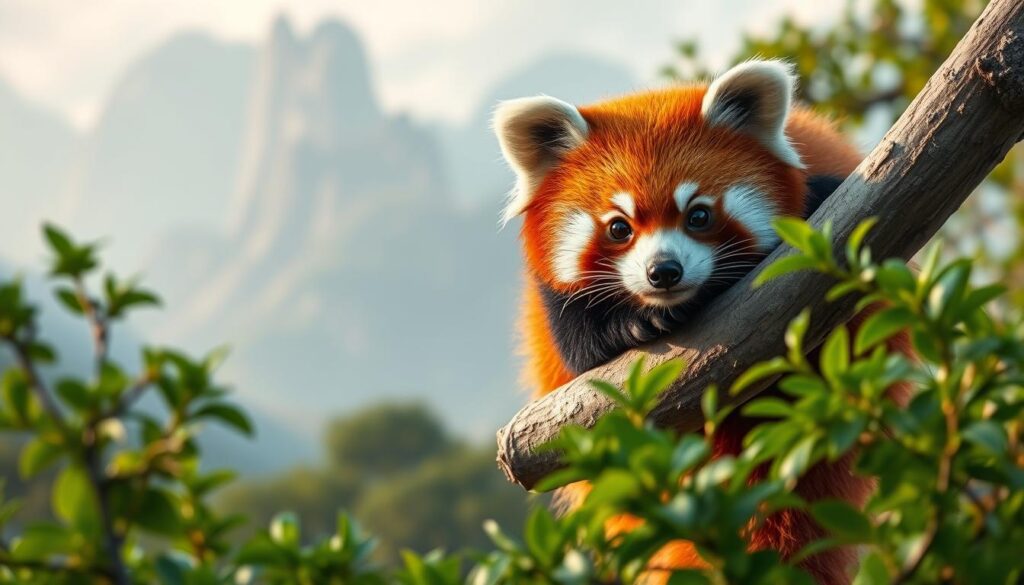
The red panda is known for its beautiful orange-red fur. It’s not as famous as the giant panda but is just as special. This animal, scientifically called Ailurus fulgens, was first discovered in 1825. It lives in the Eastern Himalayan Broadleaf Forest Ecoregion, which is a home to over 500 million people.
Today, the red panda is endangered, with only about 2,500 left in the wild. Over the last 20 years, their numbers have dropped by more than 50%. This decrease is mostly due to losing their homes because of humans.
Red pandas mostly eat bamboo—about 95% of their diet. They eat around 20,000 leaves each day. This is about 20-30% of their body weight. They can digest only 24% of the bamboo they eat. They are great climbers, thanks to a special thumb on their front paws. They spend much of their time in trees, sometimes resting up to 17 hours a day.
Red pandas are usually by themselves. They only meet up when it’s time to have babies. They make a sound known as “huff-quack” to talk to each other. The babies are born in late spring or early summer. They stay in their homes for the first three months.
| Characteristic | Description |
|---|---|
| Scientific Name | Ailurus fulgens |
| Weight | 8 to 17 pounds |
| Length from Nose to Tail Tip | 36 to 43 inches |
| Elevational Range | 4,900 to 13,000 feet |
| Diet Composition | 95% bamboo |
| Population Estimate | Approximately 2,500 individuals |
Endangered Orange Wildlife
Many endangered orange animals are struggling because their homes are disappearing and humans are affecting them. Two species needing our help are the golden lion tamarins and the Gila monsters. They are important to their homes but face hard times due to conservation issues.
Golden Lion Tamarins: Tiny Orange Treasures
The golden lion tamarin lives in Brazil’s rainforests. They are small with bright orange fur and are playful. Their numbers are dropping because of trees being cut down and their home being broken apart. Saving them is very important; groups are trying hard to keep their homes safe and teach everyone why they matter.
Gila Monsters: Misunderstood Orange Reptiles
Gila monsters are beautiful reptiles with orange and black patterns. They live in the southwestern U.S. and Mexico and are important predators. Sadly, many people are scared of them, making it hard to get support for saving them. We need to help others understand how important they are to save these amazing orange reptiles.
Animals That Are Orange in the Wild
Wild orange animals are amazing to see. They live in places from jungles to forests. Their bright colors help them survive and interact in their homes.
Corn snakes are mostly seen in the eastern U.S. They have an orange or reddish-brown body with black and white marks. The ring-necked snake shows off bright orange or yellow on its neck and belly. It likes moist places in North America. Also, the scarlet snake has reddish-orange bands. It looks like a venomous coral snake, which helps it stay safe.
Orange-striped ribbon snakes live in wetlands in the southeast U.S. Their orange stripes help them hide and they eat amphibians and small fish. Western hognose snakes have a rusty orange color. They pretend to be dead to escape danger, seen all over the U.S. Lastly, the Honduran milk snake lives in tropical rainforests. It has reddish-orange bands with black and white patterns.
The African bush viper has a bright orange color. It blends in with the trees in central Africa. These orange animals are vital. They control rodent numbers and keep their places balanced.
| Species | Coloration | Habitat | Diet |
|---|---|---|---|
| Corn Snake | Orange or reddish-brown with black and white markings | Eastern United States | Rodents |
| Ring-necked Snake | Bright orange or yellow around neck and belly | North America, moist environments | Amphibians, small reptiles |
| Scarlet Snake | Vibrant reddish-orange with bands | South Eastern U.S. | Small mammals, amphibians |
| Orange-striped Ribbon Snake | Slender with prominent orange stripe | Southeastern U.S., wetlands | Amphibians, small fish |
| Western Hognose Snake | Rusty orange or brownish hues | Throughout the U.S. | Amphibians, small mammals |
| Honduran Milk Snake | Reddish-orange with black and white bands | Tropical rainforests | Rodents, birds |
| African Bush Viper | Vibrant orange | Forests of Central Africa | Small mammals, birds |
Guianan Cock-of-the-Rock: Stunning Bird of the Amazon
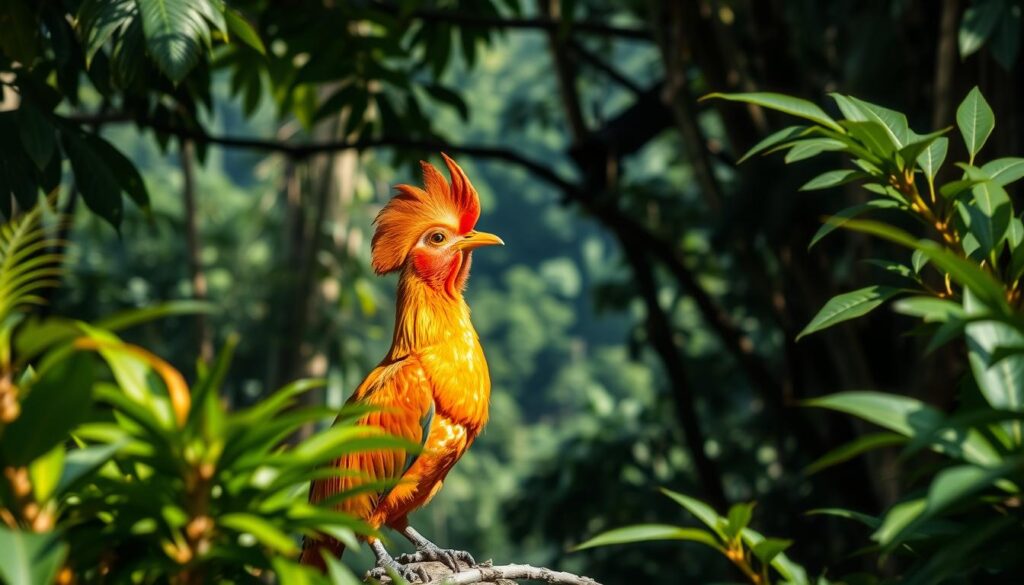
The Guianan cock-of-the-rock stands out with its bright orange feathers. It is a prime example of South American wildlife. These birds are pretty big, reaching up to 30 cm (12 in) long and weighing between 200 to 220 g (7.1 to 7.8 oz). They love living high up, from 300 to 2,000 m (980 to 6,560 ft) in the air. Their home is the Guianan Shield mountains across Brazil, Venezuela, and the Guianas.
Mating season for these birds is an amazing thing to see. It happens from December to April. The males gather in groups at special spots called leks, sometimes with more than 40 birds. In these spots, each male has a small area he protects. They try to impress females with sounds and shows, which is a big part of their unique behavior.
Female Guianan cock-of-the-rocks look different from males. They have brownish-grey feathers that help them blend in. The female usually lays two eggs in March. Those eggs hatch in about 27 to 28 days. They build their nests in safe places like caves or on cliff sides. They use mud and plants to make sure their nests last through the seasons.
These incredible birds eat many kinds of fruit, around 65 species. They mainly like fruits that are black or red. The Guianan cock-of-the-rock is truly an amazing bird. It attracts scientists and bird lovers from everywhere because of its vibrant orange color.
Unique Insects with Orange Coloration
In the fascinating world of orange insects, two remarkable species stand out. The orange Julius butterfly and the painted bat shine brightly. They play big roles in their ecosystems because of their colors.
Orange Julius Butterflies: Bright Beauties of the Garden
The Orange Julius butterfly is a stunning sight in gardens. Its bright orange wings light up any area. These butterflies help flowers by pollinating them. Their color warns predators they don’t taste good.
Painted Bats: True Works of Art
Painted bats are not to be overlooked. They bring unique orange colors to where they live. These bats keep the bug population down. Their beauty catches the eye of many people.
Both the orange Julius butterflies and painted bats show how diverse orange creatures can be. This color means more than beauty; it speaks of their importance to their homes. They help us see how everything in nature is connected. They remind us of nature’s beauty and purpose.
Animals That Are Orange: Conclusion
Studying orange animals has made me value their part in our world’s biodiversity. Animals like the regal tiger and bright monarch butterfly are crucial for ecological balance. They not only make nature richer but also spark our interest in saving wildlife for the next generations.
These animals and their homes are deeply connected. Their orange color often helps them hide or find mates. This shows the smart ways nature works. Knowing this helps us save their homes, so they can keep on living in our changing world.
Thinking about these animals makes me want to help keep them safe. Seeing their beauty and importance moves us to protect biodiversity. Every action helps in saving wildlife. By working together, we can make sure these amazing orange animals are here for a long time.
List of Animals that are Orange
Birds
- Baltimore Oriole
- Andean Cock‐of‐the‐Rock
- Flame Robin
- Rufous Hummingbird
- Orange‐bellied Parrot (Neophema chrysogaster)
- Optional: Orange Tanager (found in some icterid groups)
Mammals
- Bengal Tiger (or Siberian Tiger)
- Red Fox
- Orangutan (e.g. Bornean or Sumatran)
- Red Panda
- Golden Lion Tamarin
- Kinkajou (a nocturnal arboreal mammal with warm, orange-toned fur)
Reptiles
- Gila Monster
- Bearded Dragon
- Corn Snake
- Frilled Lizard (notable for the bright orange of its frill when threatened)
- Panther Chameleon (which can display vibrant orange hues)
Amphibians
- Eastern Newt (especially during its red eft stage)
- Orange Poison Dart Frog
- Fire Salamander (which can have bright orange markings)
- Golden Mantella (a small, vividly orange frog found in Madagascar)
Fish
- Clownfish
- Goldfish
- Yellowtail Coris (an example of a reef fish with striking orange accents)
Invertebrates (Insects, Molluscs, and Arachnids)
- Monarch Butterfly
- Gulf Fritillary (a butterfly with brilliant orange wings)
- Orange Tip Butterfly
- Colorado Soldier Beetle (known for its vivid orange base with contrasting dark markings)
- Clown Nudibranch (a sea slug with bright orange-tipped appendages)
- Orange Cup Coral (a coral species with a striking orange color)
- Goldenrod Crab Spider (an arachnid that sometimes exhibits a warm, orange hue)
FAQ
What are some common traits of animals that are orange?
Why is the color orange significant in the animal kingdom?
Which are some of the most famous orange animal species?
How do tigers utilize their orange coloration?
What are the conservation challenges faced by orangutans?
How do monarch butterflies benefit from their orange wings?
What is the ecological relationship between clownfish and sea anemones?
Are red pandas endangered, and what threats do they face?
What efforts are being made to protect endangered orange wildlife?
Where can I observe wild orange animals in nature?
How does the Guianan cock-of-the-rock attract mates?
What roles do orange insects play in their ecosystems?
Resources
| Source Name | URL |
|---|---|
| World Wildlife Fund (WWF) – Orangutan | https://www.worldwildlife.org/species/orangutan |
| Smithsonian’s National Zoo – Orangutan | https://nationalzoo.si.edu/animals/orangutan |
| Wikipedia – Orange Oriole | https://en.wikipedia.org/wiki/Orange_oriole |
| Wikipedia – Orange Roughy | https://en.wikipedia.org/wiki/Orange_roughy |
| Wikipedia – Orange-winged Amazon | https://en.wikipedia.org/wiki/Orange-winged_amazon |

